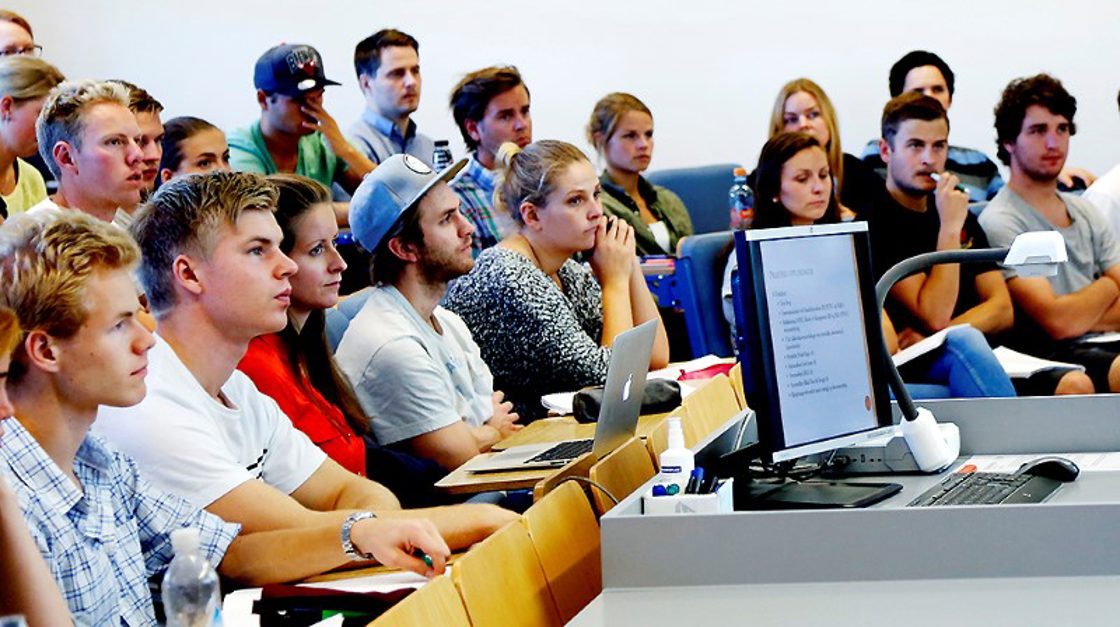Quality in higher education
Historical archive
Published under: Solberg's Government
Publisher: Ministry of Education and Research
News story | Date: 16/12/2014
Universities and university colleges are to provide higher education of a high international standard on the basis of the foremost within research, academic and artistic development work and empirical knowledge.

Quality is a complex phenomenon, and the ministry does not employ a single, clearly delimited definition of the concept of quality.
In order to address the issue of quality, it is first necessary to determine which characteristics are to be assessed and then define the framework within which the assessment will take place. The objective of higher education is for students to learn as much as possible and to achieve the best possible learning outcome. The most important factor in this context is thus the quality of the students’ learning.
What is quality?
Quality lies in the knowledge, skills and expertise that are conveyed, as well as in the manner in which these are communicated and learned. Key aspects of this include learning objectives, content, programme design, adaptation, teaching, work methods, supervision and forms of assessment. In addition, the students’ efforts, qualifications and learning strategies help to determine how good the learning outcome can be.
In other words, input factors, process factors and result factors are of relevance when quality is assessed.
How is quality measured?
There are various approaches to how quality is assessed and what it is measured against. For some, quality is related to the unique and exceptional, such as the awarding of Nobel prizes. This entails an exclusive understanding of the concept, both because the term “quality” is reserved for the elite few and because the evaluation of quality requires a high level of expertise.
At the opposite end of the spectrum, we find cases in which quality is linked with the ability to satisfy requirements. This may often be a minimum requirement or a requirement that the product or process does not contain errors. This is the approach used in the ISO 9000 standard for quality management systems which was ratified by a number of countries in 1987.
Between these two extremes lie many other interpretations of the concept of quality. For example, the concept may be linked with the ability to utilise resources in the best possible manner, the ability to improve performance relative to a given level or the ability to adapt products or services to new conditions.
The field of higher education, however, is characterised by a wide array of interested parties and highly complex expectations. Consequently, focusing on a single interpretation of quality is difficult, and it is more natural to take a broad-based approach instead.
Use of methods
The process of measuring quality must follow established methods. Therefore, quantitative collection of statistics is currently the most important instrument for assessing quality. The incentives in the financing system related to the production of academic credits and the system for evaluating performance within research are objective dimensions that can be quantified.
However, these quantitative indicators are supplemented by more qualitative assessments through the monitoring and evaluation of individual educational programmes and institutions carried out by the Norwegian Agency for Quality Assurance in Education. Taken together, this provides an overview of quality to the extent it is currently possible to measure it.